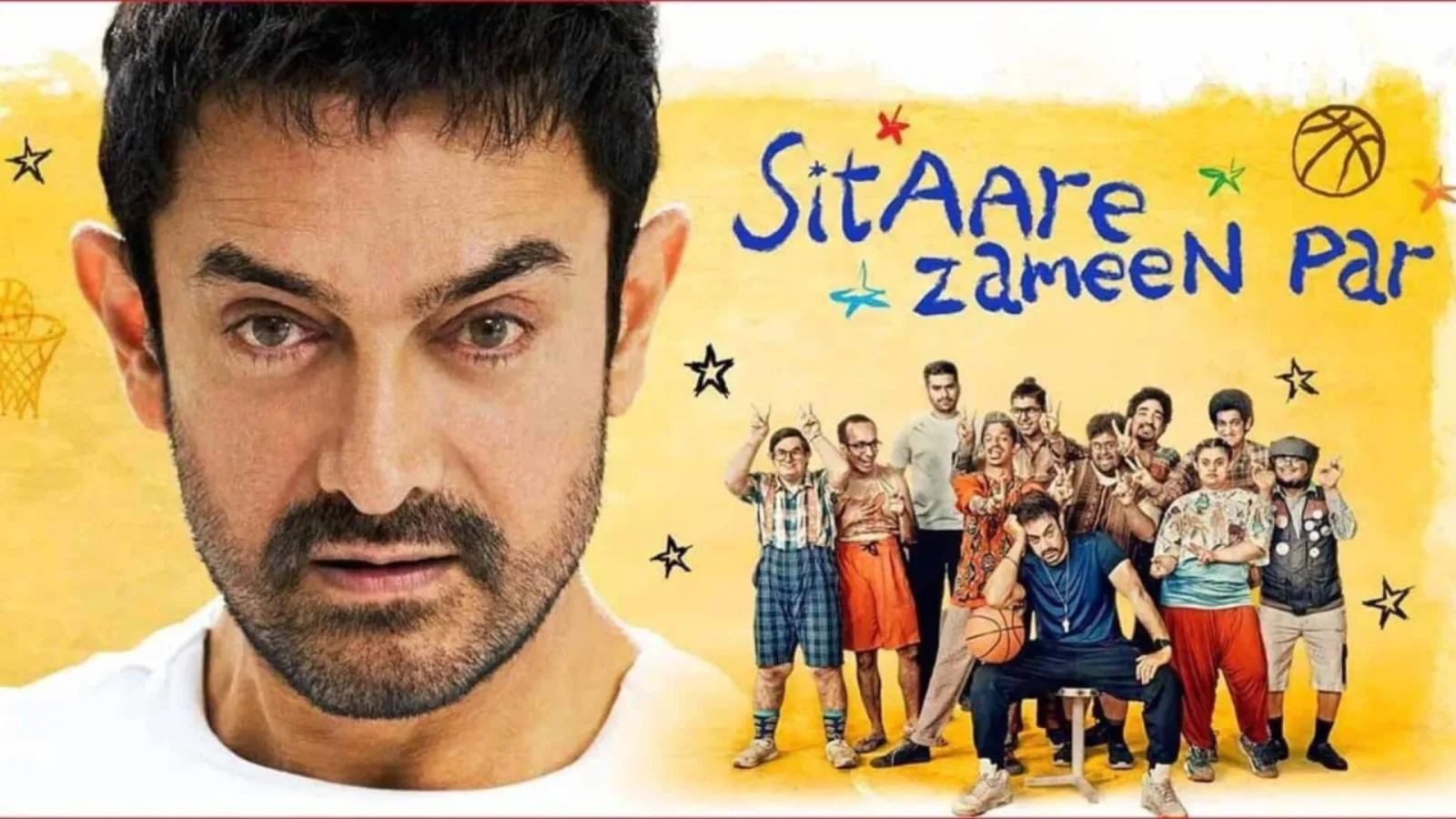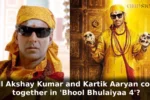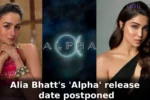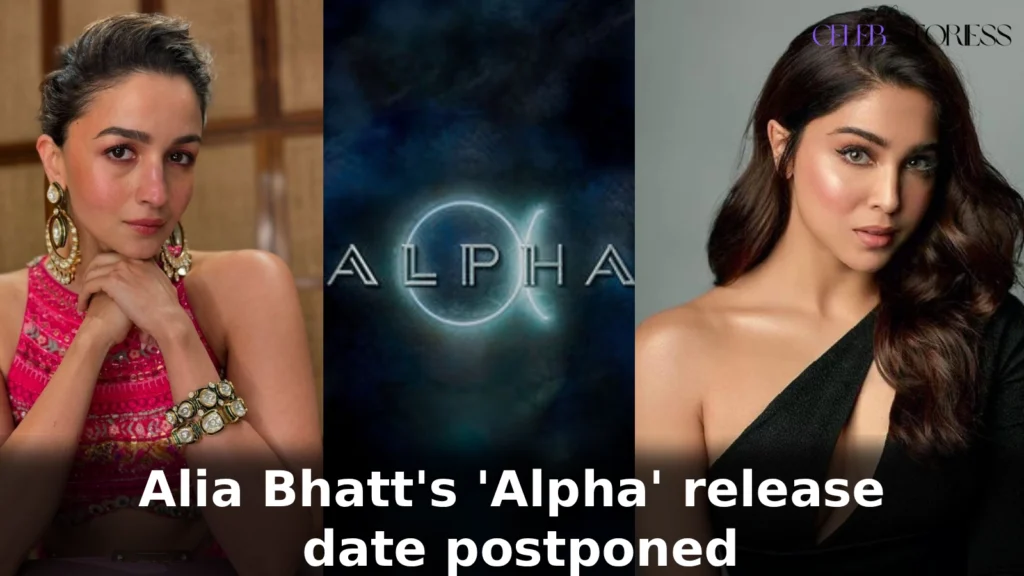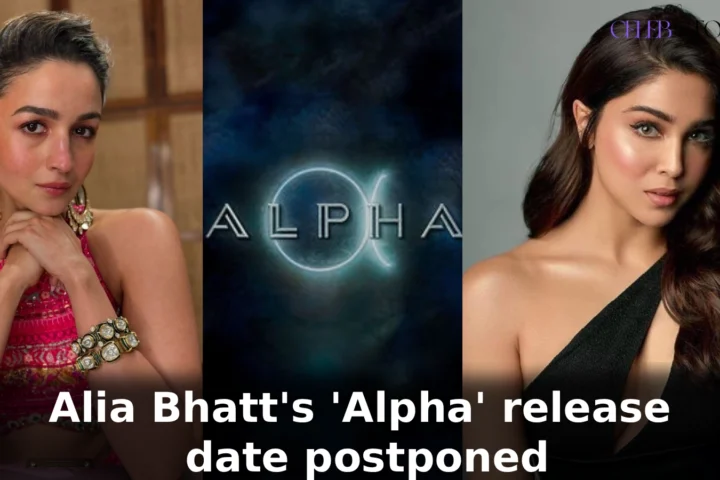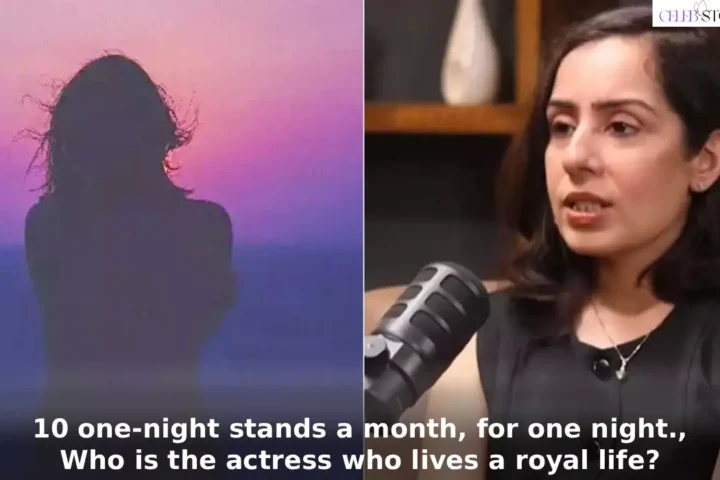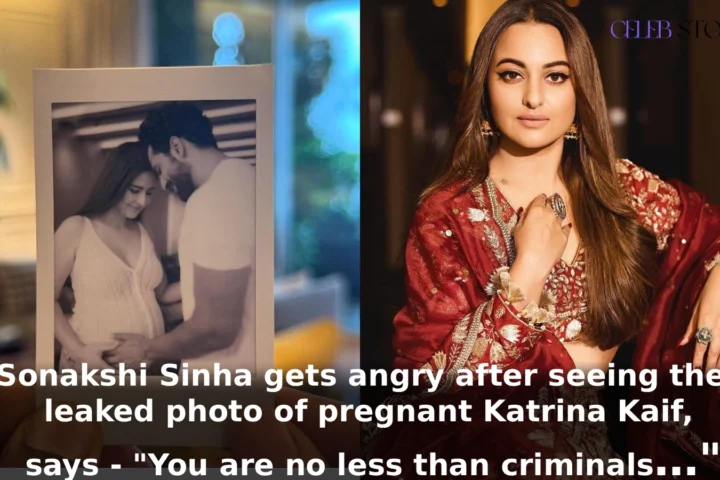Cinema has long been a mirror to society, but when it comes to portraying neurodivergence, that mirror has often been cracked—distorting, simplifying, or romanticizing the lived experiences of neurodivergent individuals. However, a handful of films have broken through the noise, offering nuanced, empathetic, and authentic portrayals. And now, with Aamir Khan‘s Sitaare Zameen Par on the horizon, the conversation around representation is gaining fresh momentum.
Let’s explore five films that got neurodivergence right—and why Sitaare Zameen Par might just join their ranks.
1. A Beautiful Mind (2001)
Condition Portrayed: Schizophrenia Why It Works: Ron Howard’s biographical drama about mathematician John Nash doesn’t just focus on his genius—it delves into the disorienting world of schizophrenia with sensitivity. Russell Crowe’s portrayal avoids caricature, showing Nash as a husband, father, and colleague navigating a shifting reality. The film‘s strength lies in its refusal to reduce Nash to his diagnosis, instead portraying his resilience and humanity.
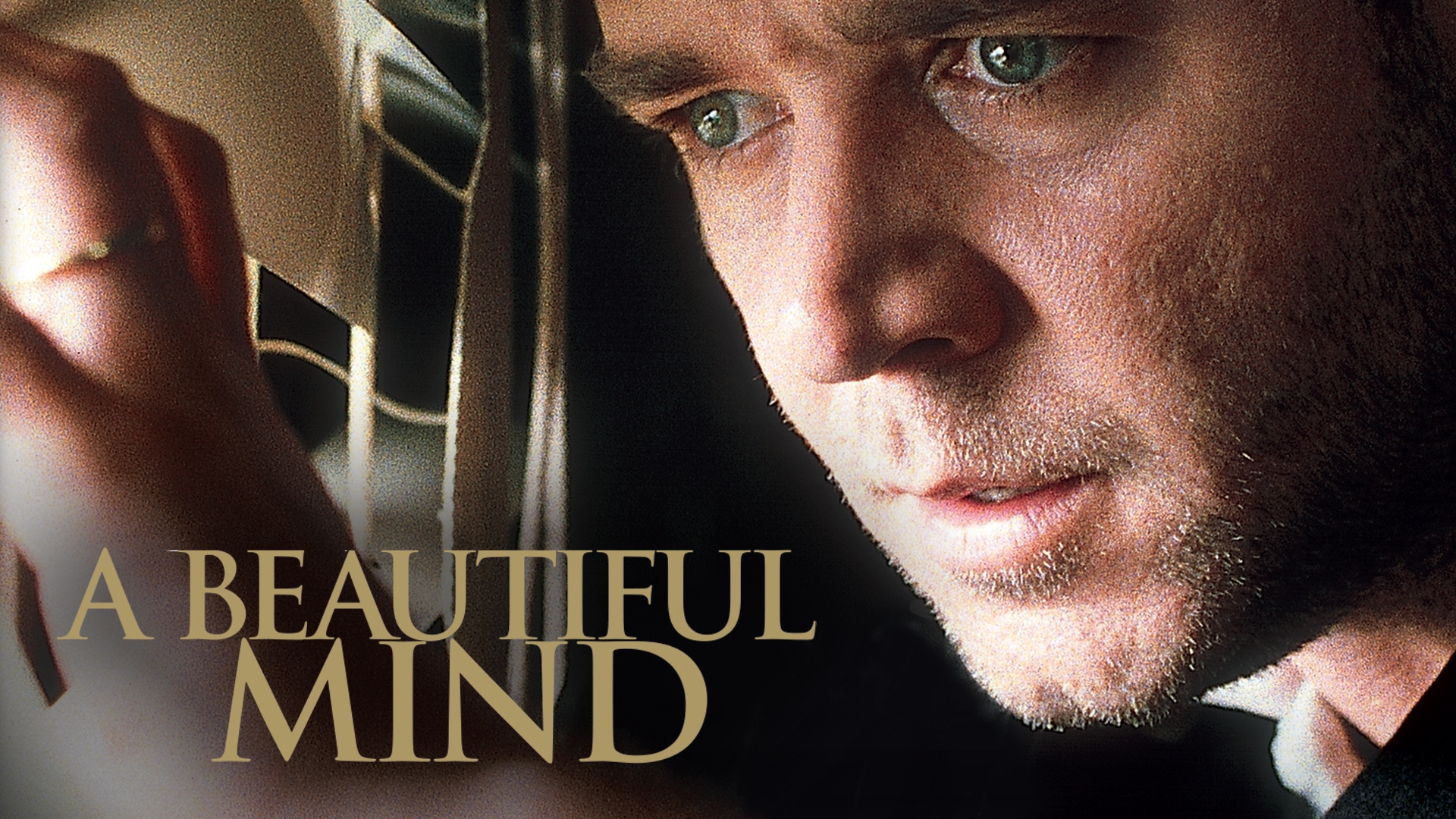
2. Margarita with a Straw (2014)
Condition Portrayed: Cerebral Palsy and Neurodivergence Why It Works: Shonali Bose’s Margarita with a Straw is a coming-of-age story that centers on Laila, a young woman with cerebral palsy, played brilliantly by Kalki Koechlin. The film doesn’t sanitize her desires or challenges. Instead, it embraces her complexity—her sexuality, her queerness, her ambition—without pity or pedestal. It’s a rare Indian film that treats disability as part of life, not a plot device.

3. My Name is Khan (2010)
Condition Portrayed: Asperger’s Syndrome Why It Works: Shah Rukh Khan‘s Rizwan Khan is a man with Asperger’s navigating a post-9/11 world. While the film occasionally leans into melodrama, it’s grounded in compassion. Rizwan’s worldview is shaped by his condition, but not defined by it. His journey is one of love, loss, and resilience, and the film makes a sincere effort to portray his challenges with dignity.

4. Finding Dory (2016)
Condition Portrayed: Short-Term Memory Loss (Symbolic of Cognitive Differences) Why It Works: Pixar’s Finding Dory is more than a children’s film—it’s a masterclass in empathy. Dory’s memory issues are never mocked; instead, they’re met with patience and understanding. The film emphasizes adaptation, support, and acceptance, showing that neurodivergence isn’t something to be “fixed,” but embraced. It’s a gentle, powerful message wrapped in animated brilliance.
5. Everything Everywhere All at Once (2022)
Condition Portrayed: ADHD and Sensory Overload (Implied) Why It Works: Though never explicitly labeled, the film’s chaotic narrative and emotional depth resonate deeply with neurodivergent audiences. Co-director Daniel Kwan has spoken about discovering his own ADHD during the writing process. The film’s portrayal of identity, perception, and emotional overwhelm feels authentic to those who experience the world differently.

Enter: Sitaare Zameen Par (2025)
Aamir Khan’s upcoming film Sitaare Zameen Par is being hailed as a spiritual successor to Taare Zameen Par, which sensitively portrayed dyslexia. But this time, the stakes are higher—and the cast more inclusive.
The film features ten neurodivergent individuals playing themselves, each with their own story, personality, and dreams. From autism and Down syndrome to Fragile X syndrome, the film doesn’t just talk about neurodivergence—it centers it.

Why It Matters
- Authentic Casting: For the first time in mainstream Indian cinema, neurodivergent individuals are not just subjects—they’re storytellers. This shift from “about” to “with” is monumental.
- Timely Release: Coinciding with Autistic Pride Day 2025, the film’s release feels like a cultural moment, not just a cinematic one.
- Breaking Stereotypes: Instead of portraying neurodivergent characters as savants or burdens, Sitaare Zameen Par aims to show them as full, complex individuals—with humor, flaws, and dreams.
A New Chapter for Bollywood
Historically, Indian cinema has struggled with disability representation. Films like Barfi, Hichki, and Black made strides, but often leaned into inspiration porn or oversimplification. Sitaare Zameen Par could mark a turning point—where inclusion isn’t a gimmick, but a guiding principle.
Final Thoughts
Representation isn’t just about visibility—it’s about how stories are told and who gets to tell them. The five films above succeeded because they treated neurodivergent characters with respect, depth, and humanity. If Sitaare Zameen Par lives up to its promise, it could not only join this list but lead a new wave of inclusive storytelling in Indian cinema.
As audiences, we owe it to ourselves—and to the millions of neurodivergent individuals around the world—to demand stories that reflect the full spectrum of human experience. Because every mind, no matter how it works, deserves to shine.
Read more:
- Will Akshay Kumar and Kartik Aaryan come together in ‘Bhool Bhulaiyaa 4’?
- Alia Bhatt’s ‘Alpha’ release date postponed
- Actress Hema Malini gives update on Dharmendra’s health
- This 6-episode series, whose suspense will amaze you, is available on this OTT platform
- 10 one-night stands a month, for one night., Who is the actress who lives a royal life? Shocking revelation from the detective

